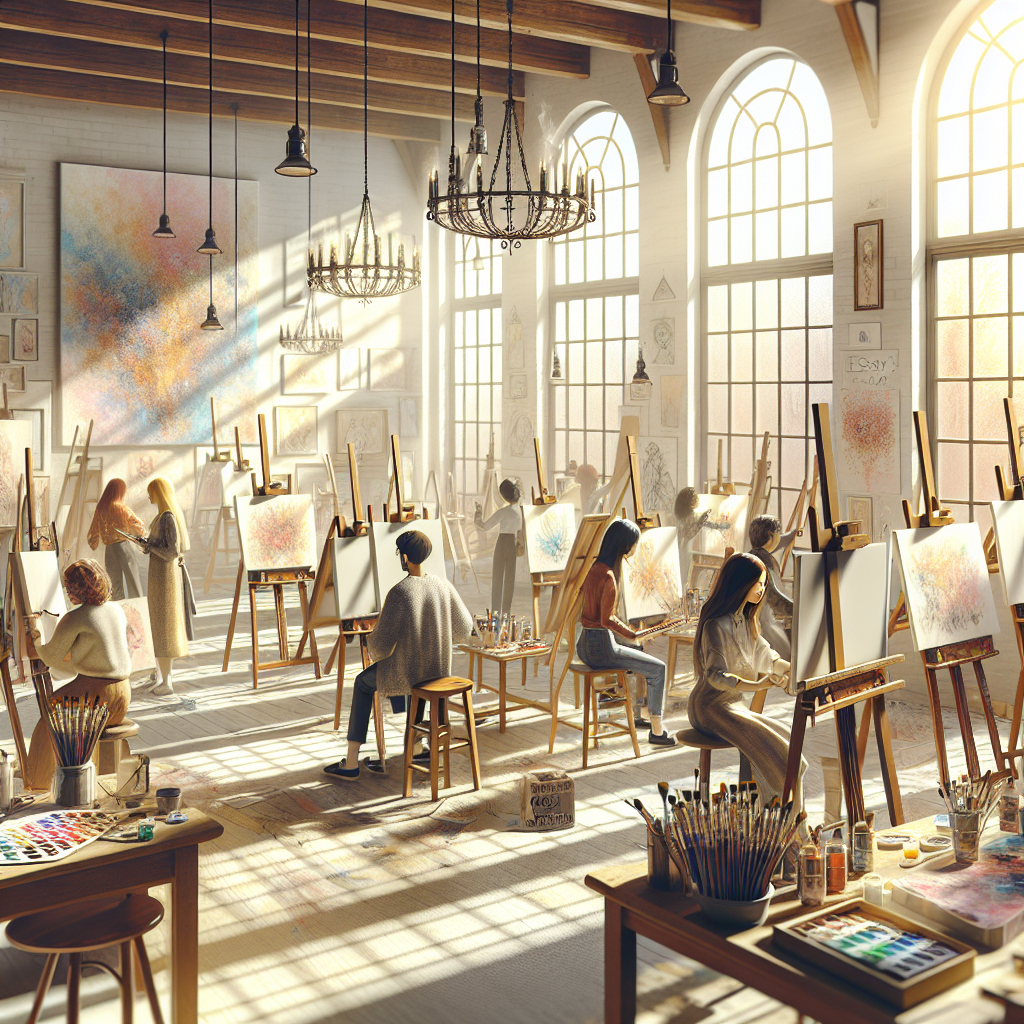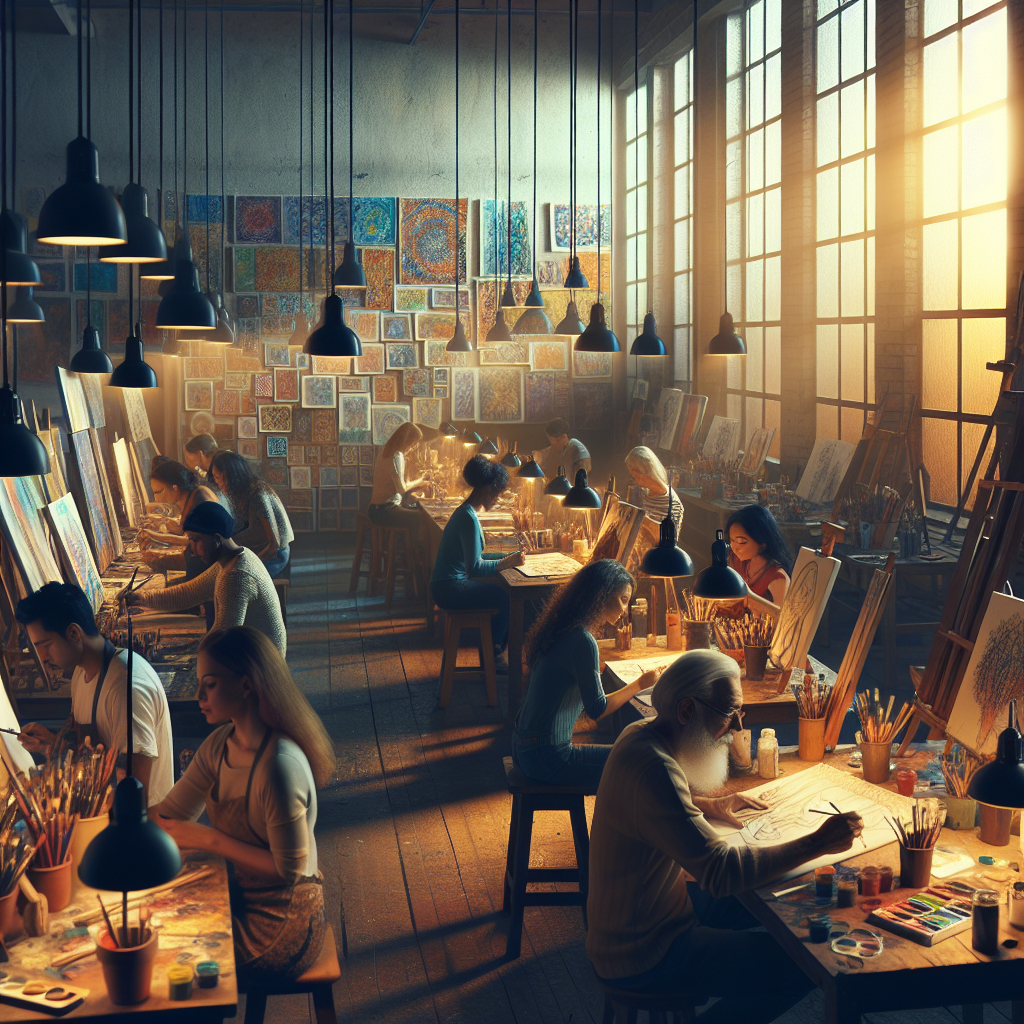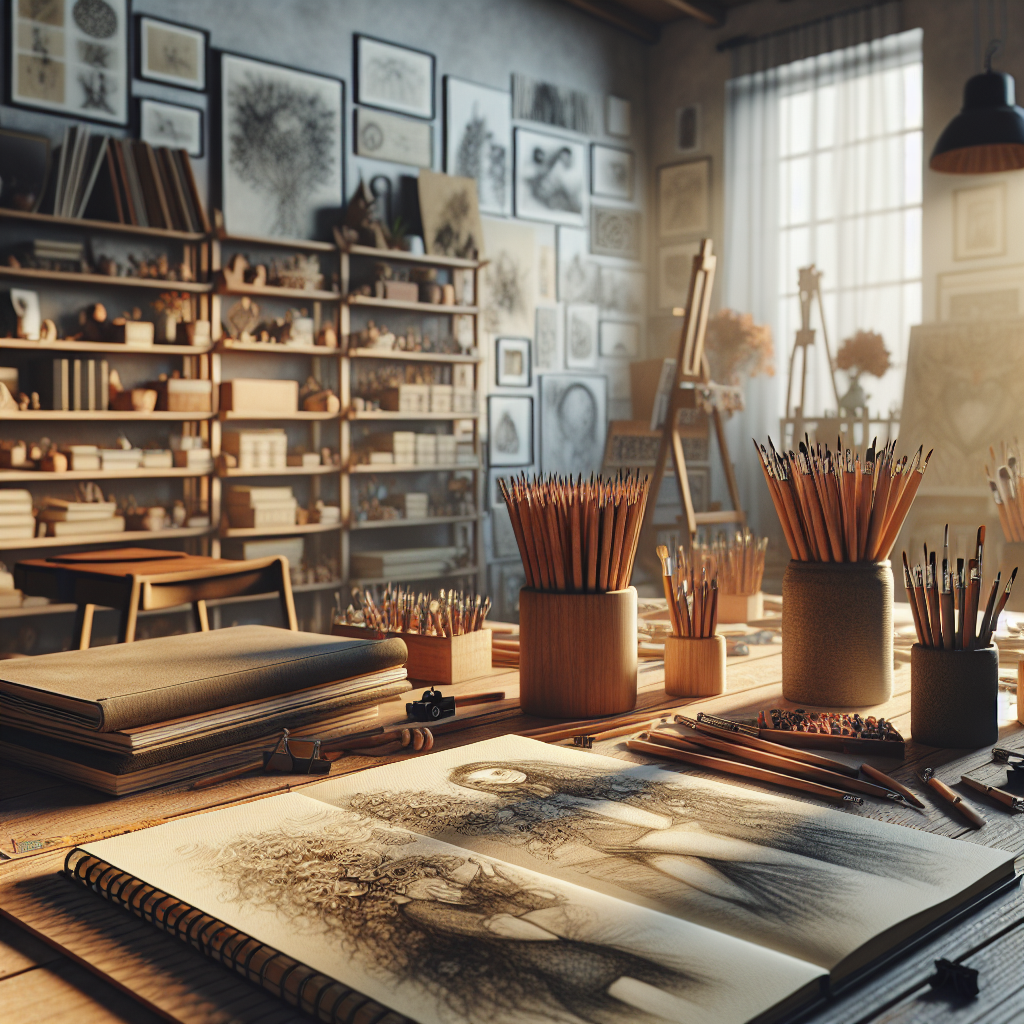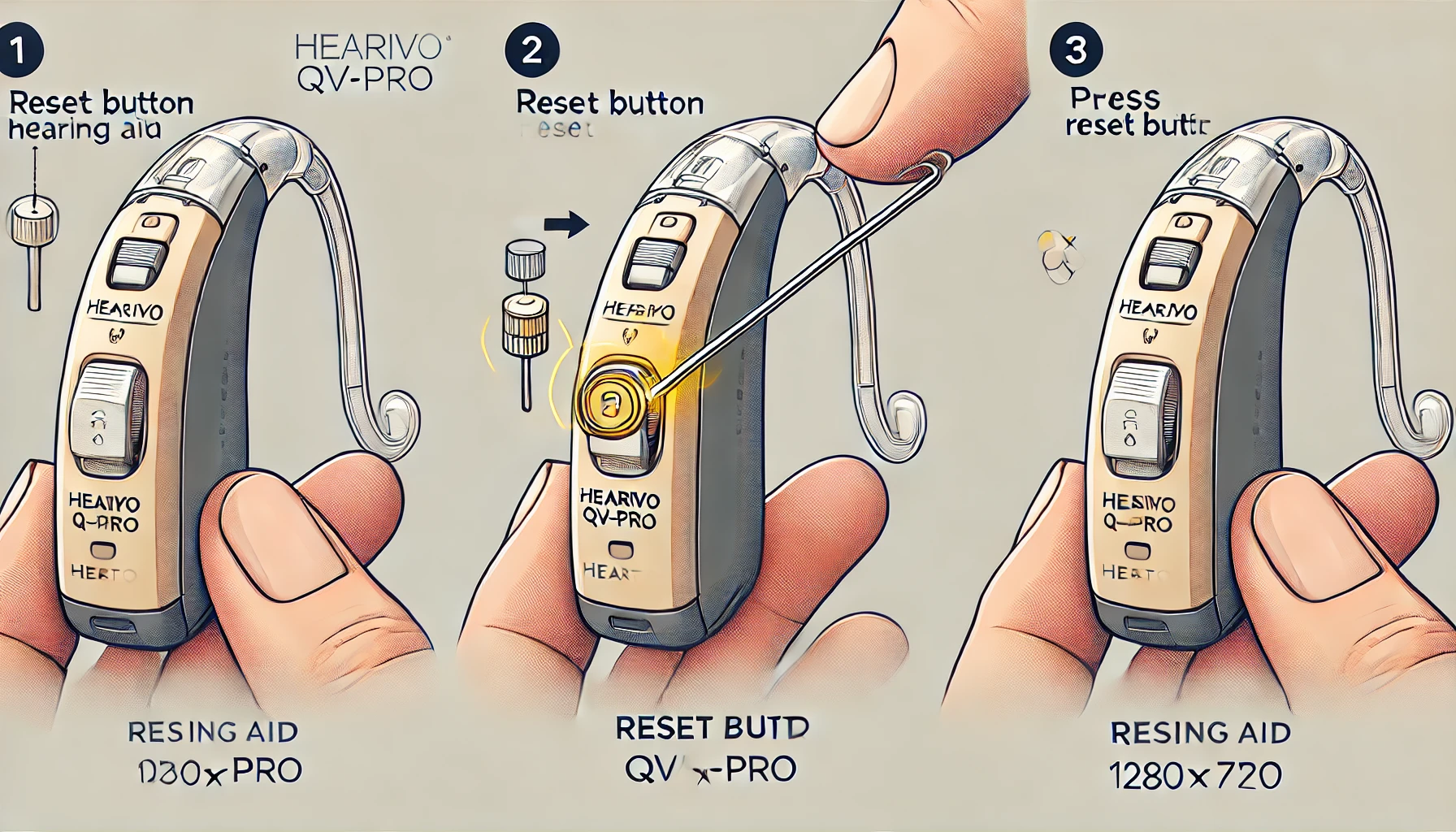Easy:7wmmzo24hc4= drawings: Master Basic Techniques & Create Stunning Art
Drawing is an art form that has captivated humans for centuries, offering a unique way to express creativity and capture the world around us. For beginner artists, the thought of creating detailed and beautiful drawings can be intimidating. However, with the right techniques and a bit of practice, anyone can improve their skills and produce stunning artwork. In this blog post, we will explore a variety of “easy:7wmmzo24hc4= drawings” techniques and tips designed specifically for beginners. Whether you’re an art enthusiast, a creative hobbyist, or just starting on your artistic journey, this guide will provide valuable insights to help you master the basics and beyond.
In this comprehensive guide, we’ll break down the process of “easy:7wmmzo24hc4= drawings” into manageable steps, covering everything from the essentials to more advanced techniques. You’ll learn about the importance of sketching, shading, and different drawing tools, as well as explore specific drawing exercises that will enhance your skills. By the end of this post, you will have a solid foundation to create your own impressive “easy:7wmmzo24hc4= drawings.”
The Importance of Sketching in Easy Drawings
Sketching is the backbone of any successful drawing. It allows artists to plan their compositions, explore ideas, and refine their techniques before committing to a final piece. For beginners, developing strong sketching skills is crucial for creating “easy:7wmmzo24hc4= drawings.” Start by practicing basic shapes and lines, focusing on getting proportions and perspectives right. Use light, loose strokes to build up your sketch, gradually adding more detail as you go.
Sketching also helps in building muscle memory, which is essential for improving your drawing skills. The more you practice, the more comfortable you’ll become with different shapes and forms, making it easier to create “easy:7wmmzo24hc4= drawings” that look polished and professional. Remember, sketching is all about experimentation and exploration, so don’t be afraid to make mistakes and try new things.
Finally, sketching allows you to develop your unique style. By experimenting with different techniques and approaches, you’ll discover what works best for you and how to incorporate your personal touch into your “easy:7wmmzo24hc4= drawings.” Over time, your sketches will become more refined, and you’ll gain the confidence to tackle more complex subjects and compositions.
Choosing the Right Drawing Tools for Easy Drawings
Selecting the appropriate drawing tools is essential for creating “easy:7wmmzo24hc4= drawings” that look professional and polished. While there are many options available, beginners should focus on a few key tools to get started. Pencils, erasers, and sketchbooks are the basic essentials for any artist. Invest in a range of pencils with varying hardness levels (e.g., HB, 2B, 4B) to achieve different shading effects.
In addition to pencils, consider using fine-tipped pens or markers for adding detail and definition to your “easy:7wmmzo24hc4= drawings.” These tools can help create clean, crisp lines that enhance the overall appearance of your artwork. Additionally, experiment with different paper types and textures to find what works best for your drawing style.
As you become more comfortable with your drawing tools, you can start exploring other mediums, such as colored pencils, charcoal, or pastels. Each medium offers unique benefits and challenges, allowing you to expand your repertoire and create more diverse “easy:7wmmzo24hc4= drawings.” Remember, the key to success is practice and experimentation with different tools and techniques.
Understanding Proportions and Perspective in Easy Drawings
Mastering proportions and perspective is crucial for creating realistic and visually appealing “easy:7wmmzo24hc4= drawings.” Proportions refer to the relative size and scale of different elements within your drawing, while perspective involves creating the illusion of depth and space on a flat surface. Both of these concepts are essential for producing accurate and engaging artwork.
To improve your understanding of proportions, start by practicing simple exercises, such as drawing basic shapes and objects from life. Pay close attention to the relationships between different parts of the subject and how they fit together. Over time, you’ll develop a better sense of how to accurately represent proportions in your “easy:7wmmzo24hc4= drawings.”
Perspective can be more challenging to grasp, but it’s essential for creating depth and dimension in your artwork. Begin by practicing one-point and two-point perspective exercises, focusing on drawing objects and scenes with vanishing points and converging lines. As you become more comfortable with these techniques, you can start incorporating more complex perspectives into your “easy:7wmmzo24hc4= drawings” enhancing the overall visual impact of your work.

Mastering Shading Techniques for Easy Drawings
Shading is a crucial aspect of creating realistic and dynamic “easy:7wmmzo24hc4= drawings.” It adds depth, dimension, and texture to your artwork, making it more visually engaging. There are several shading techniques that beginners can practice to improve their skills, including hatching, cross-hatching, blending, and stippling.
Hatching involves drawing closely spaced parallel lines to create areas of light and shadow. Cross-hatching builds on this technique by adding another layer of parallel lines at an angle to the first set, creating more depth and texture. Blending, on the other hand, involves using a tool like a blending stump or your finger to smooth out pencil strokes, creating seamless transitions between light and dark areas.
Stippling is another effective shading technique that involves creating a series of small dots to build up areas of light and shadow. This method can be particularly useful for adding texture and detail to your “easy:7wmmzo24hc4= drawings.” Experiment with these different shading techniques to find what works best for you and your drawing style.
Exploring Different Drawing Subjects for Easy Drawings
One of the best ways to improve your drawing skills is by exploring a variety of subjects. This not only keeps your practice sessions interesting but also helps you develop a well-rounded skill set. Start with simple subjects, such as everyday objects or basic shapes, and gradually work your way up to more complex scenes and compositions.
Nature provides a wealth of inspiration for “easy:7wmmzo24hc4= drawings.” Try sketching plants, flowers, and landscapes to practice capturing different textures and forms. Animals are another excellent subject for beginners, as they offer opportunities to practice proportions, anatomy, and movement in your drawings.
Portraits and human figures can be more challenging but are essential for developing a comprehensive skill set. Start by practicing individual facial features and body parts, then gradually work your way up to full portraits and figure drawings. Remember, the key to success is consistent practice and observation of the world around you.
Developing Your Unique Drawing Style for Easy Drawings
Finding your unique drawing style is an essential part of becoming a confident and accomplished artist. Your style is a reflection of your personality, experiences, and preferences, making your “easy:7wmmzo24hc4= drawings” truly one-of-a-kind. To develop your style, start by experimenting with different techniques, subjects, and mediums.
Look for inspiration from other artists, both contemporary and historical. Study their work to understand what makes their style unique and how they achieve certain effects. Incorporate elements that resonate with you into your own drawings, while also focusing on developing your distinctive approach.
As you continue to practice and refine your skills, your unique style will naturally emerge. Trust the process and allow yourself the freedom to explore and experiment. Over time, your “easy:7wmmzo24hc4= drawings” will become a true reflection of your artistic vision and creativity.
Practicing Drawing Exercises for Easy Drawings
Consistent practice is the key to improving your drawing skills and creating impressive “easy:7wmmzo24hc4= drawings.” Incorporate a variety of drawing exercises into your routine to keep things interesting and challenging. Some effective exercises for beginners include blind contour drawing, gesture drawing, and negative space drawing.
Blind contour drawing involves sketching an object without looking at your paper, focusing solely on the subject. This exercise helps improve hand-eye coordination and forces you to observe your subject more closely. Gesture drawing, on the other hand, is all about capturing the essence and movement of a subject in a short amount of time. This technique is particularly useful for drawing figures and animals.
Negative space drawing is another valuable exercise that involves focusing on the spaces around and between objects, rather than the objects themselves. This approach can help you see and represent shapes more accurately in your “easy:7wmmzo24hc4= drawings.” Incorporate these exercises into your practice routine to develop a well-rounded skill set and enhance your overall drawing abilities.

Utilizing Online Resources for Easy Drawings
In today’s digital age, there are countless online resources available to help you improve your drawing skills and create stunning “easy:7wmmzo24hc4= drawings.” From tutorials and courses to forums and social media groups, these resources can provide valuable insights, inspiration, and support for your artistic journey.
Start by exploring free online tutorials and videos on platforms like YouTube. Many professional artists and instructors share their knowledge and techniques through step-by-step guides, making it easy for beginners to follow along and practice. Online courses, such as those offered by websites like Skillshare and Udemy, can provide more structured learning experiences and in-depth instruction.
Joining online communities and forums can also be incredibly beneficial. These platforms allow you to connect with other artists, share your work, and receive constructive feedback. Engaging with fellow art enthusiasts can help you stay motivated, inspired, and continually improve your “easy:7wmmzo24hc4= drawings.”
Creating a Drawing Routine for Easy Drawings
Establishing a consistent drawing routine is essential for making steady progress and developing your skills. Set aside dedicated time each day or week for practice, and stick to your schedule as much as possible. Having a routine helps build discipline and ensures that you’re continually working towards your artistic goals.
Start by setting specific, achievable goals for each practice session. Whether it’s mastering a particular technique, completing a drawing exercise, or working on a specific subject, having a clear objective in mind can help keep you focused and motivated. Over time, you’ll see significant improvements in your “easy:7wmmzo24hc4= drawings” as a result of your consistent effort.
Remember to be patient with yourself and enjoy the process. Progress may be slow at times, but with dedication and persistence, you’ll continue to grow as an artist. Celebrate your achievements, no matter how small, and use them as motivation to keep pushing forward.
The Role of Observation in Easy Drawings
Observation is a fundamental skill for any artist, especially when creating “easy:7wmmzo24hc4= drawings” Developing a keen eye for detail and understanding how to accurately represent what you see is crucial for producing realistic and engaging artwork. Practice observing the world around you, paying close attention to shapes, proportions, and textures.
One effective way to improve your observational skills is by drawing from life. Set up still life arrangements, sketch scenes from your surroundings, or practice drawing people and animals in real-time. The more you practice observing and drawing from life, the better you’ll become at capturing the essence of your subjects in your “easy:7wmmzo24hc4= drawings.”
In addition to drawing from life, use reference images and photographs to practice your observational skills. Analyze the details, lighting, and composition of the reference material, and try to replicate these elements in your drawings. This practice can help you develop a more accurate and nuanced understanding of your subjects, ultimately improving the quality of your artwork.
Building Confidence in Your Easy Drawings
Building confidence in your drawing abilities is essential for continued growth and success as an artist. It’s natural to feel self-doubt or frustration at times, but developing a positive mindset and believing in your potential can make a significant difference in your progress.
Start by setting realistic expectations for yourself and acknowledging that improvement takes time and effort. Focus on the progress you’ve made rather than comparing yourself to others. Remember, every artist’s journey is unique, and it’s important to celebrate your achievements, no matter how small.
Surround yourself with a supportive community of fellow artists who can provide encouragement and constructive feedback. Sharing your work and receiving feedback can help you identify areas for improvement and build confidence in your “easy:7wmmzo24hc4= drawings.” Stay committed to your practice, and over time, you’ll gain the confidence to tackle more challenging subjects and techniques.
Conclusion
Creating “easy:7wmmzo24hc4= drawings” is an achievable goal for beginners with the right techniques, tools, and mindset. By focusing on sketching, shading, proportions, and observation, you can develop a solid foundation for your artistic skills. Remember to practice consistently, experiment with different subjects and mediums, and seek inspiration from the world around you.
With dedication and persistence, you’ll continue to grow as an artist and create impressive “easy:7wmmzo24hc4= drawings that showcase your unique style and creativity. Stay motivated, enjoy the process, and don’t be afraid to take risks and explore new techniques. Your artistic journey is a lifelong adventure, and each step brings you closer to mastering the art of drawing.














Post Comment